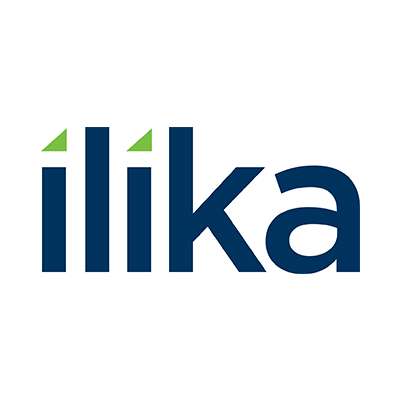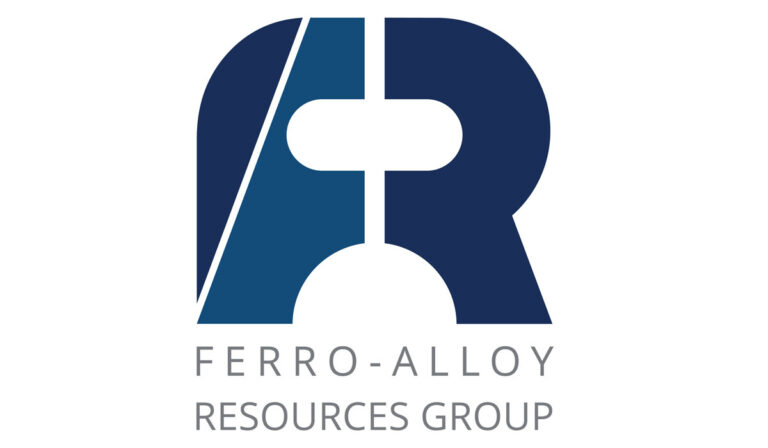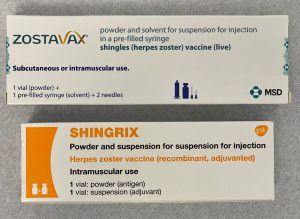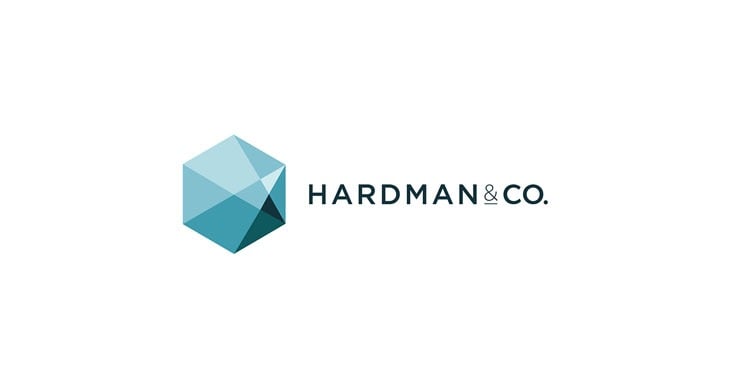 1pm Plc (LON:OPM) The FY’18 results delivered exactly what management promised. Loan origination was up 72%, revenue rose 78%, pre-tax profits increased 93%, while EPS grew 24%. The synergies from being a bigger group are emerging. Funding costs have fallen rapidly. Perhaps of greater importance, cross-group sales leads were £13m in 4Q FY’18. Not all will convert, but this represents nearly 10% of FY’18 origination. While we note a retiring director’s 6% stake may be viewed as a stock overhang, the implied May 2019 P/E of 6.7x and price to book of 0.9x, appears an anomaly given the downside risk highlighted in our sensitivity analyses.
1pm Plc (LON:OPM) The FY’18 results delivered exactly what management promised. Loan origination was up 72%, revenue rose 78%, pre-tax profits increased 93%, while EPS grew 24%. The synergies from being a bigger group are emerging. Funding costs have fallen rapidly. Perhaps of greater importance, cross-group sales leads were £13m in 4Q FY’18. Not all will convert, but this represents nearly 10% of FY’18 origination. While we note a retiring director’s 6% stake may be viewed as a stock overhang, the implied May 2019 P/E of 6.7x and price to book of 0.9x, appears an anomaly given the downside risk highlighted in our sensitivity analyses.
FY’18 results: These results confirm all the company promises. Strong franchise growth has been delivered. Provisioning continues to be conservative (“general” provisions are over a third of the charge). Our updated credit sensitivity scenario (detailed below) indicates 2020E EPS above 2017, even in a hard landing.
Outlook: We have continued to accelerate investment into 2019 and this has led to a 2% trimming of EPS estimates for that year. We have introduced 2020 estimates showing further double-digit EPS growth. 1pm has previously announced an intent to increase dividend by 30% p.a. to FY’21.
Risks: Credit risk is a key factor and is managed by each business unit according to its own specific characteristics, with a group overview of controls. Funding is widely diversified and at least matches the duration of lending. Acquisitions would appear well priced and delivery of synergies provides earnings upside.
Valuation: We detailed the assumptions in our valuation approaches in our initiation note, “Financing powerhouse: A lunchtime treat”. The GGM indicates 116p and the DDM 70p (DDM normal payout 78p). The 2020E P/E (6.7x) and P/B (0.9x) appear an anomaly with 1pm’s profitability, growth and downside risk.
Investment summary: 1pm Plc offers strong earnings growth, in an attractive market, where management is tightly controlling risk. Targets to more than double the market capitalisation appear credible, with triggers to a re-rating being both fundamental (delivery of earnings growth, proof of cross-selling) and sentiment-driven (payback for management actively engaging the investor community). Profitable, growing companies generally trade well above NAV.













































